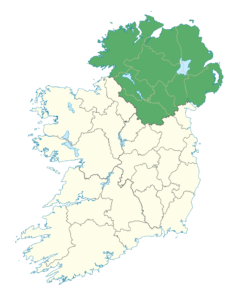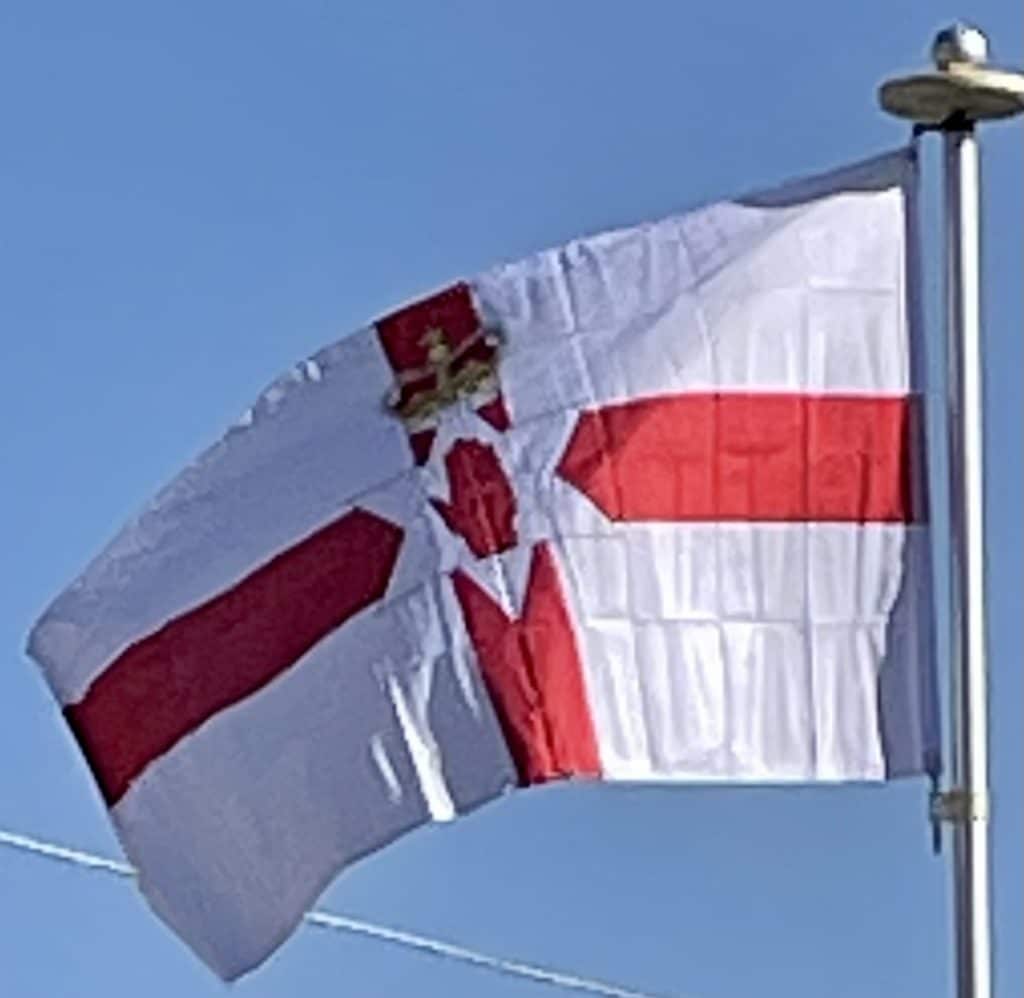Introduction:
Ulster is one of the four traditional Irish provinces, in the north of Ireland. It is made up of nine counties: six of these constitute Northern Ireland (a part of the United Kingdom); the remaining three are in the Republic of Ireland.
It is the second-largest (after Munster) and second-most populous (after Leinster) of Ireland’s four provinces, with Belfast being its biggest city. Unlike the other provinces, Ulster has a high percentage of Protestants, making up almost half of its population. English is the main language and Ulster English the main dialect. A minority also speak Irish, and there are Gaeltachtaí (Irish-speaking regions) in southern County Londonderry, the Gaeltacht Quarter, Belfast, and in County Donegal; collectively, these three regions are home to a quarter of the total Gaeltacht population of Ireland. Ulster-Scots is also spoken. Lough Neagh, in the east, is the largest lake in the British Isles, while Lough Erne in the west is one of its largest lake networks. The main mountain ranges are the Mournes, Sperrins, Croaghgorms and Derryveagh Mountains.

Historically, Ulster lay at the heart of the Gaelic world made up of Gaelic Ireland, Scotland and the Isle of Man. According to tradition, in ancient Ireland it was one of the fifths ruled by a rí ruirech, or “king of over-kings”. It is named after the overkingdom of Ulaid, in the east of the province, which was in turn named after the Ulaid folk. The other overkingdoms in Ulster were Airgíalla and Ailech. After the Norman invasion of Ireland in the 12th century, eastern Ulster was conquered by the Anglo-Normans and became the Earldom of Ulster. By the late 14th century the Earldom had collapsed and the O’Neill dynasty had come to dominate most of Ulster, claiming the title King of Ulster. Ulster became the most thoroughly Gaelic and independent of Ireland’s provinces. Its rulers resisted English encroachment but were defeated in the Nine Years’ War (1594–1603). King James I then colonized Ulster with English-speaking Protestant settlers from Great Britain, in the Plantation of Ulster. This led to the founding of many of Ulster’s towns. The inflow of Protestant settlers and migrants also led to bouts of sectarian violence with Catholics, notably during the 1641 rebellion and the Armagh disturbances. Along with the rest of Ireland, Ulster became part of the United Kingdom in 1801. In the early 20th century, moves towards Irish self-rule were opposed by many Ulster Protestants, sparking the Home Rule Crisis. This, and the subsequent Irish War of Independence, led to the partition of Ireland. Six Ulster counties became Northern Ireland, a self-governing territory within the United Kingdom, while the rest of Ireland became the Irish Free State, now the Republic of Ireland.
The term Ulster has no official function for local government purposes in either country.
History:
Early history:
Ulster is one of the four Irish provinces. Its name derives from the Irish language Cúige Uladh, meaning “fifth of the Ulaidh“, named for the ancient inhabitants of the region.
The province’s early story extends further back than written records and survives mainly in legends such as the Ulster Cycle. The archaeology of Ulster, formerly called Ulandia, gives examples of “ritual enclosures”, such as the “Giant’s Ring” near Belfast, which is an earth bank about 590 feet (180 m) in diameter and 15 feet (4.5 m) high, in the centre of which there is a dolmen.
The Boyne and its tributary the Blackwater were the traditional southern boundary of the province of Ulster and appear as such in the Táin Bó Cúailnge. According to historian Francis John Byrne the Ulaid ‘possibly still ruled directly in Louth as far as the Boyne in the early seventh century when Congal Cáech made a bid for the kingship of Tara. In 637, the Battle of Moira, known archaically as the Battle of Magh Rath, was fought by the Gaelic High King of Ireland Domhnall II against his foster son King Congal Cáech of Ulster, supported by his ally Domhnall the Freckled (Domhnall Brecc) of Dalriada. The battle was fought near the Woods of Killultagh, just outside the village of Moira in what would become County Down. It was allegedly the largest battle ever fought on the island of Ireland, and resulted in the death of Congal and the retreat of Domhnall Brecc.
